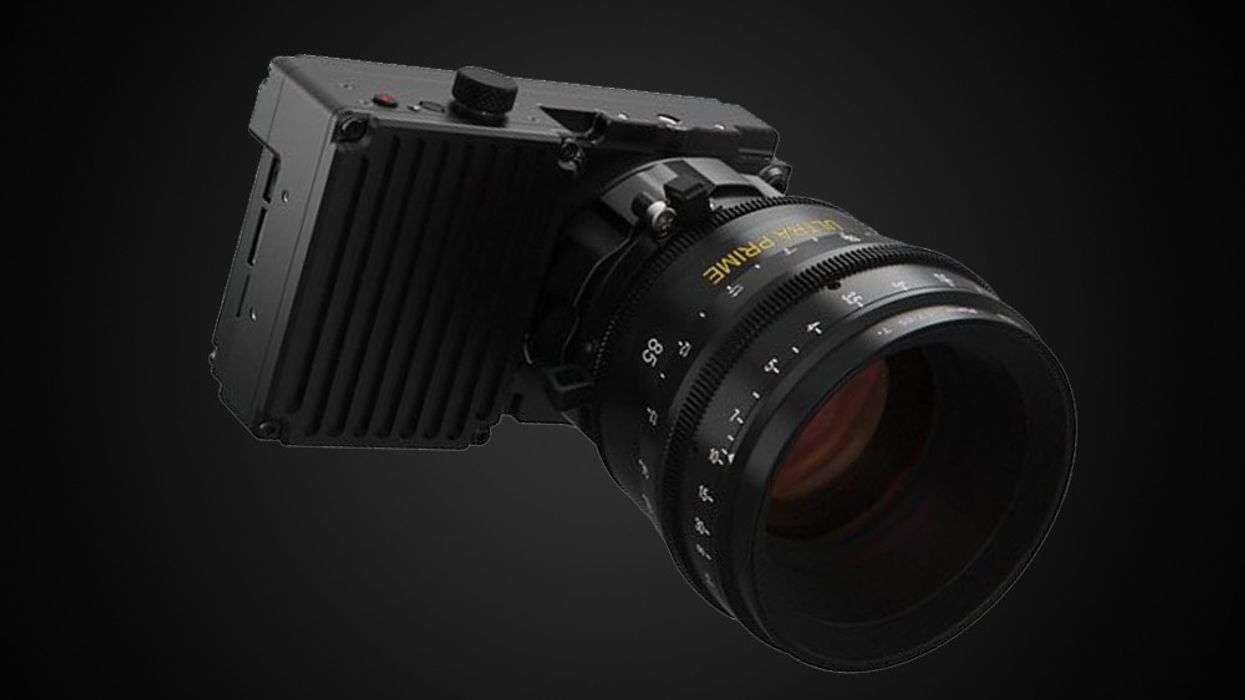Freefly Systems Introduces Its First 4K Camera
Wave is still a work in progress.

Freefly Systems has launched its first 4K camera called Wave that's designed for drones, but it can also be easily used for any other application. There's a lot to like about the camera, but as Freefly System's Tabb Firchau openly admitted during the live stream launch, it's a work in progress that will see updates in the future.
As of now, Wave's approach to design is straight-forward, stripping away anything that can add weight to the camera. Because of that, it's super light, weighing only 1.3 lbs (600 g). Shane Colton was part of the development team and has written a detailed post about how it came to fruition that's worth checking out. Below are some highlights about Wave.
Key Specs:
- Sensor: ams CMV12000
- Active Area: 22.53mm x 16.90mm (4:3)
- Native Resolution: 4096 x 3072
- Pixel Size: 5.5μm x 5.5μm
- Image Processor: Xilinx Zynq Ultrascale+ SoC (Trenz Electronic TE0803)
- Recorder: Internal NVMe SSD
- Native ISO: 250
- 10-bit Compressed Bayer RAW, ~5:1 compression

Wave is designed around the ams CMV12000 sensor. The sensor size is Super 35 and capable of capturing 17:9 4K (4096 x 2176) at 422fps with a 5:1 compression rate. When shooting a 4:3 4K (4096 x 3072), frame rates can top out at 300fps. For 2K (2048 x 1088), it reaches a staggering 1461fps at 5:1 compression. This isn't as wild as Phantom cameras which can jump to 6,600fps at 2K, but Wave is nowhere near the same price.
Colton mentions, "This is my first full camera build starting from the sensor. The CMV12000 has a lot of appeal for a custom build: The datasheet is readily available to mere mortals, it can be purchased directly from ams or through normal electronics distributors, and it's relatively easy to solder onto a board or find a ZIF socket for. It is expensive (~$2000), but in 2019 I managed to get some surplus stock of the monochrome version on eBay for $100ea to use for prototyping."
The Wave has several different aspect ratios to choose from in 4K or 2K. Some common, others not, but each one is available in both formats. According to Freefly Systems, the 2K width option uses subsampling, which preserves the crop factor of the image sensor, but doesn't increase the light sensitivity. So you can treat the aperture the same on your lenses switching between 4K and 2K. As for dynamic range, Firchau suggested around 10 stops.
Global Shutter
Wave features a global shutter that is going to eliminate digital artifacts and the dreaded rolling shutter effect. Cameras with rolling shutters have come a long way. The Sony a7S III has one of the best full-frame sensors available right now, but if we had to choose, a global shutter is the way to go.

Lens Mount / Connections
Firchau suggested they did want to go with the Canon RF mount, but ultimately, the Wave ended up with a locking E-mount. There are no electrical connections to the mount, so autofocus and iris control are not supported. In essence, this camera is manual focus only. However, because of its size and shape, it's compatible with RED's lens mounts, so if you want to adapt to PL, there's an easily accessible option.
Wave is outfitted with full HDMI connection that can output 1080p at 30fps. It does lack SDI, but it does have Wi-Fi and Bluetooth which will be activated in a future update. It's powered by a non-removable internal battery that provides around 60 minutes of record time according to Freefly. There is available DC power via a 5.5mm OD x 2.1mm ID connector. Additionally, Freefly has added a 6-pin GPIO connector for stop/stop/sync and UART API but it's unclear what will be open for development.
Media
The camera will record directly to an internal 1TB or 2TB M.2 NVMe SSDs. The drive is removable and can be swapped out for larger productions. Clip lengths are only limited to the size of the SSD and recording 4K should provide around 35 minutes with a 2TB drive. Files can be transferred via USB C with speeds up to 5Gbps.
Clips have a native Wave file format that's compressed Bayer RAW. Unfortunately, files cannot be opened by other programs like Premiere Pro or DaVinci Resolve, so you'll have to use the software WaveViewer, which is only PC based, to view, edit, and export the clips to a non-linear editor. Right now, clips can be exported as Cineform, H.264, or PNG/JPEG.
This big snag here is you'll need a PC to get going in post. Hopefully, Freefly Systems partners with Blackmagic Design or Adobe to allow its native format to be opened directly with the editing software, or at least develop a plug-in to do so. One of the drawbacks to using the Z-CAM is that you have to convert its ZRAW file format using their ZRAW VideoSuite first. They've since partnered with Atomos to record ProRes RAW.

Audio
There's no internal microphone or audio inputs available on Wave. If you're looking to sync sound, you'll have to use a separate recording device.
Integration
The advantage of Wave is that it integrates well with the drones Freefly System offers, including the newly announced Astro, and its Movi Pro line giving you full control of the camera from up to 2500 ft away. Since Wave is very lightweight, it's going to have an advantage in shooting longer takes compared to something like a RED or ARRI camera.
Price
Wave is available for pre-order for $9,995 but will be available as a rental as well. Freefly Systems aims to start shipping Wave in batches beginning this November.

 No Film School's coverage of
No Film School's coverage of 









